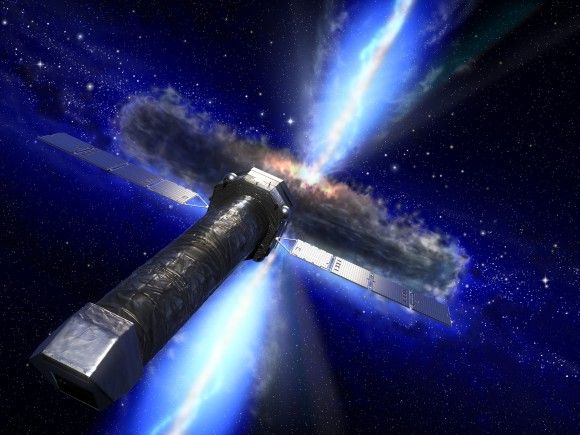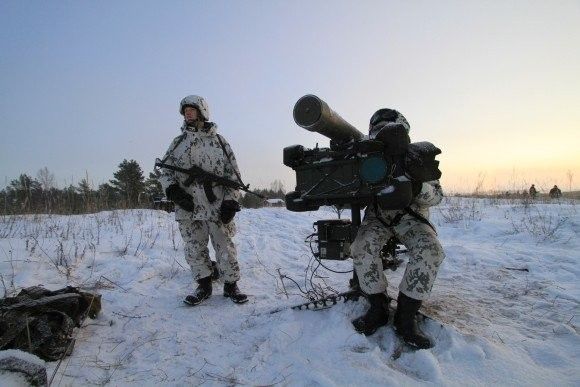Industry
MSPO 2017: Polish Radar Capabilities
MSPO International Defence Industry Exhibition organized in Kielce is yet another occasion for the PIT-RADWAR company to show that the Polish radar industry has state of the art solutions at its disposal, and that it would be capable of fully meeting the requirements and needs of the Polish Armed Forces.
The PIT-RADWAR company, belonging to the Polish Armaments Group, presents two types of radar devices in Kielce, that are needed by the Polish Armed Forces: airborne target detection radars and IFF (Identification Friend-or-Foe) transponders and interrogators. Poprad mobile SAM system is another element of the offer presented in Kielce. The solution is already being introduced into the inventory of the Armed Forces.
“Warta” Mobile 3D Radar
Warta long range and Bystra short range radars belong to the former group of the showcased products. Warta is a mobile 3D long range radar, with a development budget of around 50 million zlotys, created within the framework of a project co-financed by the National Centre for Research and Development, by the following consortium: PIT-RADWAR (leader), Warsaw University Of Technology and Military University of Technology.
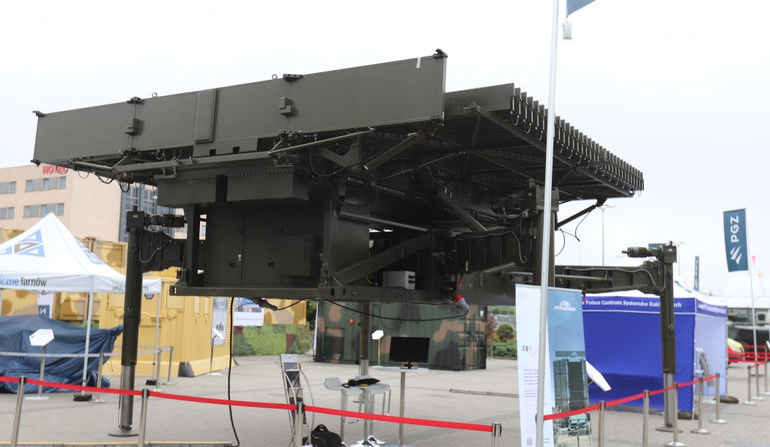
It is a multi-purpose L-band radar with an active antenna array based on semi-conductors. Warta scans the space around the radar through mechanical rotation of the antenna azimuthally and with simultaneous electronic beams control in the elevation plane. The scattered semi-conductor transmitter, probing signals of specially designed structure and advanced signal processing technology (Adaptive Digital Beam Forming) make the system easily adaptable to a variety of threats.
Effective operation of the radar in conditions with jamming and noise is ensured thanks to use of an antenna with a low level of side sections, reduced peak power of the transmitter, rapid frequency changing, adaptive signal processing and advanced radar resources management. The range of the radar has been defined as 470 kilometers, with the highest altitude of detection of 30000 metres.
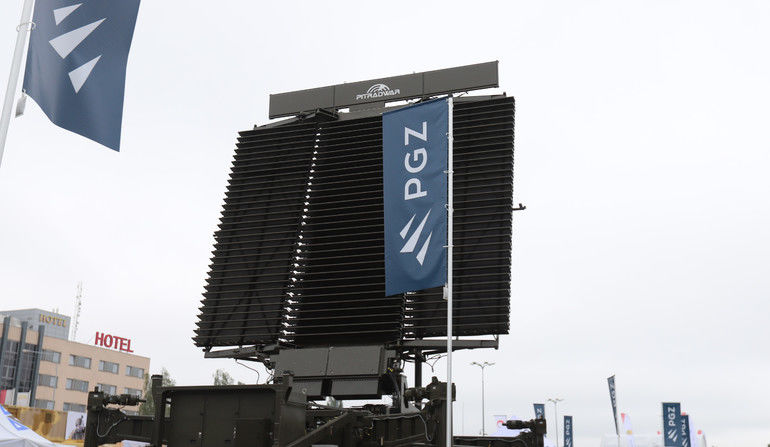
“Warta” is a mobile system meeting the NATO DADR (Deployable Air Defence Radar) requirements. The system is controlled with the use of local operator stations placed within a container, as well as with the use of portable remote control consoles. The detected objects are being tracked automatically. The RIS-format plotted tracks for all of the detected objects or only for the objects ascribed to the tracked paths, are automatically transferred to the SRCC NATO console or to the national IADS management system.
Deployable ZDPSR “Bystra” Radar
“Warta” is a prototype system prepared for research and tests, with series production capacity achievable, should interest be expressed by the military, in two years. The second of the systems presented in Kielce, the deployable “Bystra” radar, is fully ready to be introduced into production. Despite the fact that the aforesaid platform has already passed the military test programme, the Ordering Party still did not decide on initiation of series production.
“Bystra” is a mobile radar, the purpose of which is to detect and indicate targets for the SHORAD systems used to protect tactical combat units from airborne threats. ZDPSR “Bystra” is a multi-functional and multi-purpose radar of versatile capabilities and may be used in a number of varied applications. It may detect and track typical airborne targets, such as combat aircraft and helicopters (also hovering), missiles and UAVs, or even mortar rounds.
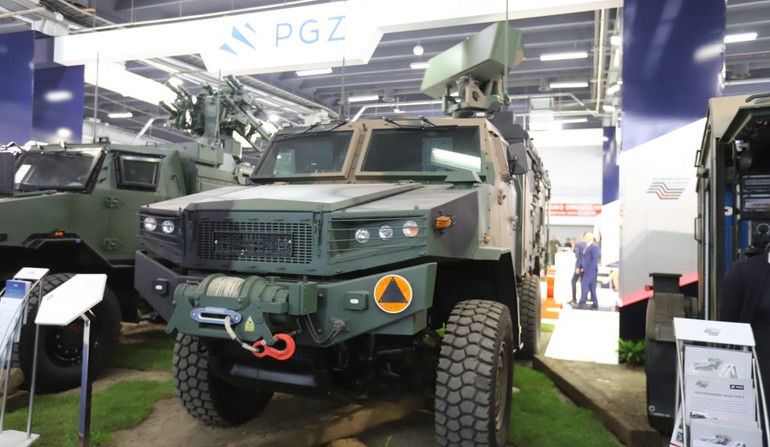
The system may work in several modes of operation, tailored to the task assigned. In each of the modes, 360 degrees scan takes place through rotation of the antenna and scan of the space surrounding the radar with a software-defined beam. This allows for effective use of the radar potential, and selection of a proper scanning programme, tailored to the specific conditions of mode of operation and functions used (tracking/detection) or mission assigned. The radar is operated in the C-band and has an instrumental range of 80 kilometers. It covers elevation up to the angle of 70 degrees and refreshes the image every 2 seconds.
POPRAD Self-Propelled SAM System
One of the most important tasks for the Bystra radars would be to provide targeting data for the air defence assets, including the “Poprad” self-propelled SAM systems. The aforesaid systems have been designed in order to detect, recognize and destroy airborne targets at close distances and low altitudes with the use of short range anti-aircraft missiles. SPZR “Poprad” system may be used to protect convoys, parking spaces, command stations and places where the units gather, as well as airports, harbours, industrial areas, communication nodes and so on, from airstrike threat.
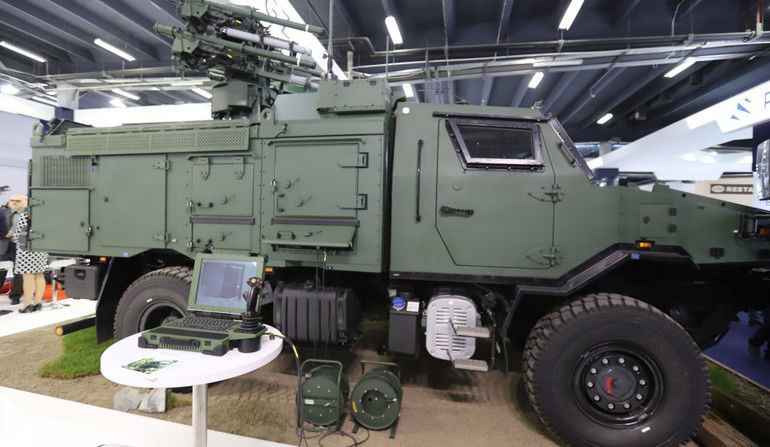
The basic functions of the POPRAD system are being carried out by an integrated tracking-targeting system featuring highly dynamic and accurate motors. The electro-optical sensor package (thermal vision camera, TV camera and a laser rangefinder) is coupled with an automatic videotracker system. The targets are indicated on the basis of data provided digitally from the system for automated control of the air defence system, or the detection is done autonomously. The system includes a fire control computer, navigation system and an IFF interrogator.
The whole solution is based on the ŻUBR-P platform, which is highly mobile, properly armoured and has great offroad capabilities. Poprad system may act against airborne targets at distances from 500 to 5500 metres, flying at altitudes from 10 to 3500 metres. The system has 4 missiles placed on the launcher, with 4 spare effectors carried along, at its disposal.
IFF System
IFF transponders and interrogators form another group of hardware presented by the PIT-RADWAR company during the MSPO Exhibition in Kielce. PIT-RADWAR has presented long and medium range IDZ-50 and ISZ-50 interrogators, declaring that they are ready to be manufactured. They have been, for test purposes, set up on the radars utilized by the Radio-technical branch of the Polish Armed Forces already. In January 2015, following the preliminary test programme, PIT-RADWAR has submitted the aforesaid products for the military qualification. The Polish Armed Forces have already made use of these products, as “Soła” radars delivered by PIT-RADWAR are fitted with the ISZ-50 interrogators and have successfully passed the required OiB (defence and security) mode II test programme.
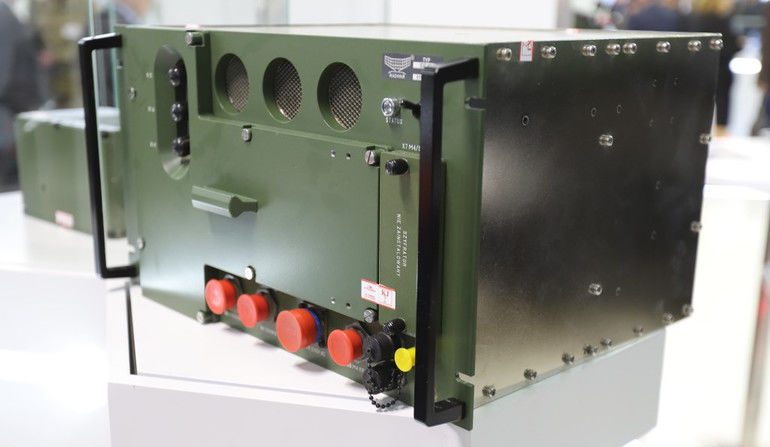
IDZ-50 and ISZ-50 have been designed for being coupled with long and medium range radars as appropriate. The aforesaid systems are operated within modes 1, 2, 3/A, C and S, or, should a proper encrypting device be applied, within modes 4 and/or 5. The interrogators have been adopted for reception of heading data pertaining to the position of the IFF antenna operated in conjunction (north impulse / increments) and to be operated together with antennas with three profiles in the azimuthal plane: sigma, delta and omega. They are also tailored for working together with a GPS receiver.
In case of the transponders category, TRL-50 and TRN-50 devices have been presented in Kielce. These are remotely controlled responding devices compliant with the IFF Mark XIIA format (mode 1, 2, 3/A, C and S and 4 and/or 5, once an encrypting system is connected), also featuring the “diversity” function. These devices are going to be installed on aircraft and naval vessels.
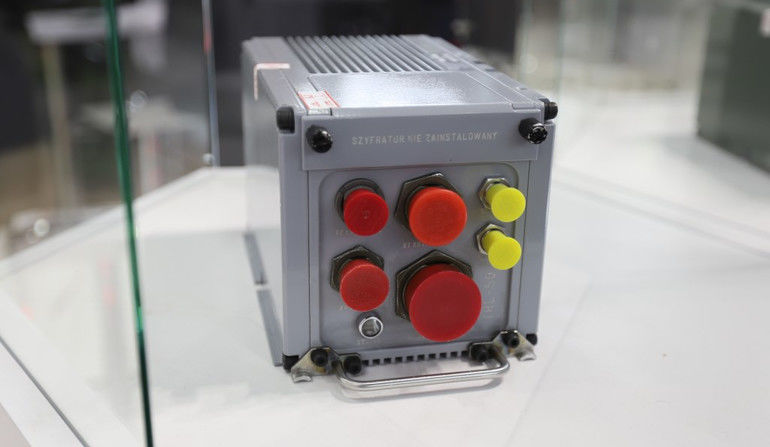
TRL-50 transponder, besides its basic function of receiving the requests and sending the responses and reports in the IFF system also acts as a requesting device in the Reverse IFF (RIFF) setting. The system is expected to be used for the purpose of maintaining identification communications in an air-to-ground setting. TRL-50 transponder acts as an interrogator then. RIFF operation also requires a proper encryption system to be applied.
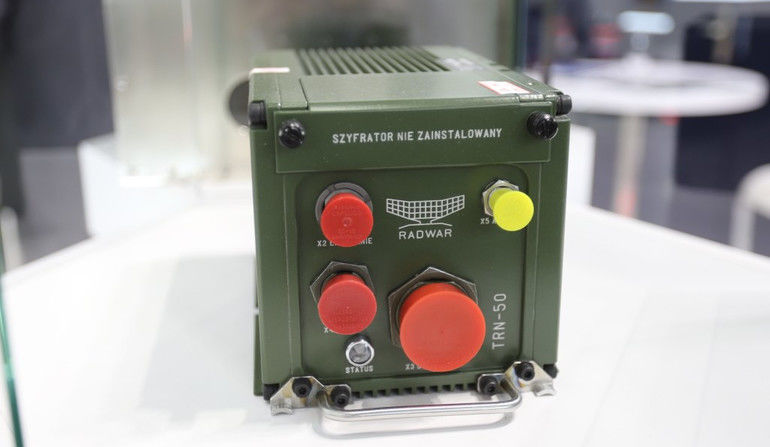
TRN-50 is a remotely controlled RIFF transponder dedicated for land and naval platforms. TRN-50 system also requires a proper encrypting device to be applied. The Polish Army is urgently looking forward to obtain IFF systems compatible with the Mark XIIA format (Mode 5). PIT-RADWAR company has declared its readiness to deliver such systems, but analyses concerning the selection of the supplier of the IFF solutions are still in progress.

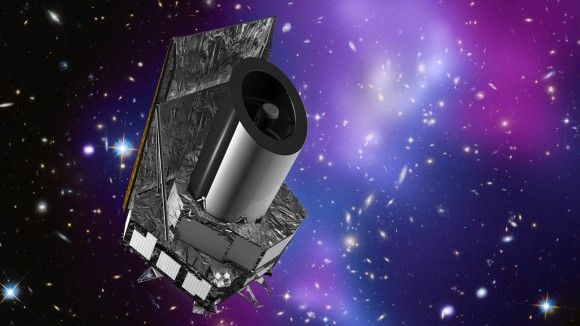

![Fot. TTcomm SA [ttcomm.net]](https://cdn.defence24.pl/2021/01/15/580xpx/2021/01/15/originals/uOxHU5hXIlLToibk236E6DHKp9AHQyYjvwKgHQEU.mb1f.jpg)
